Armenians get insights into direct democracy
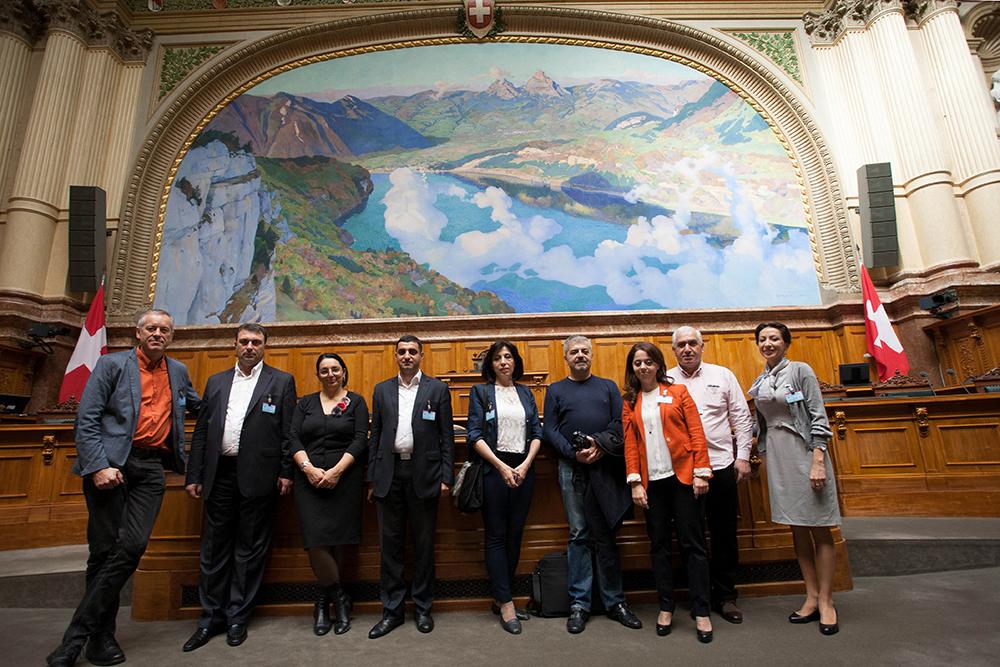
“Urir Jorowrtawarutiun", "Chorherdaran", "Federal Tun" - wrapping my ears around the Caucasian storm of consonants, sibilants and throaty noises that interpreter Lusine Shahraymanyan is dictating to me syllable by syllable is proving quite a challenge. In Armenian, these are the terms for direct democracy, parliament and parliament building.
“Not with “r”, but stronger, with “ch” –Uchich Jochowchtawachutiun,” corrects Shahraymanyan, as she looks down at what I’ve written down in my notebook.
Shahraymanyan was part of an eight-person delegation of the Organization for Security and Co-operation in Europe (OSCE) from Armenia that visited Germany and Switzerland in September 2014.
The group included representatives from parliament, the government and civil society and was escorted by Bruno Kaufmann, the Scandinavian-based radio correspondent for Swiss Television and Radio, president of the Initiative and Referendum Institute (IRI) and editor of the Internet platform “People2Power”.
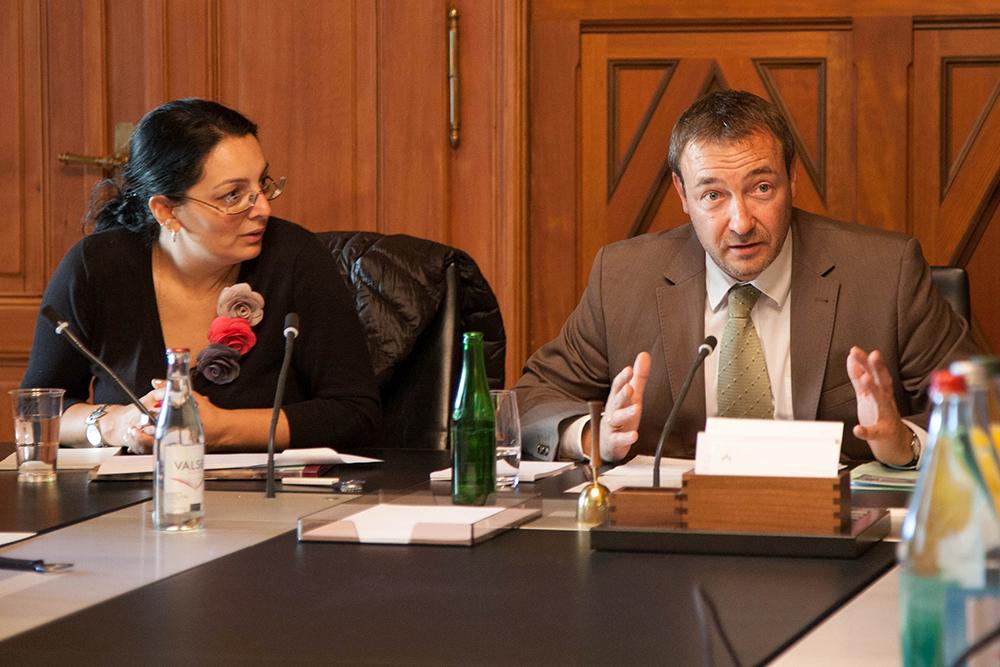
The aim of the tour was for the Armenians to get a clearer picture of the mechanisms of direct democracy in interviews with authorities, stakeholders, and experts in Bern, the capitol of Switzerland. Their focus was how to strengthen the political participation of citizens in Armenia, a poor country that is also embroiled in an unresolved conflict over the Nagorno-Karabakh region with Azerbaijan.
During a sightseeing tour of the parliament building, Ashot Giloyan, head of the department of local self-government at the Ministry of Territorial Administration, asked “Can all citizens with a Swiss passport visit the parliament building?”
Catherine Ochsenbein who works in the parliamentary services replied that there are six tours a week which are open to all residents, even those without a Swiss passport.
“Everyone who lives in Switzerland should be able to visit the parliament building at least once, “ declared Ochsenbein. “This helps strengthen the democratic values of Switzerland.”
Behind the wall
Giloyan explained that in Armenia the parliament building in Yerevan is behind a three-metre high wall. “Visits are only possible by appointment, and the entry is restricted to a selected area at a particular time,” he declared.
Nune Hovhannisyan, a member of Armenia’s seven-man central election commission, asked about the large mural on the wall. “Is it the work of a single artist, or were many artists involved?”
The fresco was created by an artist from German-speaking Switzerland, explained Ochsenbein, “but artists from all regions of Switzerland were commissioned to contribute works. The thinking behind this was that everyone should participate and be able to identify with ‘their’ country’s parliament.”

More
Voices of the Armenian OSCE delegation
“Who is the president of Switzerland? Asked another visitor, resulting in a lengthy discussion.
The answer, that the Swiss presidency is rotated among the seven cabinet ministers each time for a one-year term, was met with puzzled frowns. This egalitarian set-up, with the Swiss president seen as first among equals and also not needing any additional political power during the term, gave way to much reflection.
Constituencies’ conundrum
It was then time for ambassador Claudio Fischer, head of external relations for the parliamentary services, to give a crash course in Swiss democracy.
“Elections to the House of Representatives, which represents the people in the Swiss parliament, are primarily party elections whereas those in the Senate, which represent the cantons, are primarily elections of the people,” he explained. He added that on average a winning candidate needs to get 40,000 votes.
Didn’t such a high hurdle violate the rights of candidates from smaller cantons? asked one visitor. On the contrary, replied Fischer. Because constituencies are smaller, it is easier to get elected in the less-populated cantons.
For example, in Zurich, the most populous canton with over one million inhabitants, a candidate needs proportionally more votes to be elected. The Armenian visitor didn’t seem totally convinced, however.
Mysteries of list voting
Next, Fischer tackled the topic of “vote splitting”. Not surprisingly, the very expression evoked confusion among the Armenians. In Switzerland, people can vote for a list of candidates from a single party. Vote splitting, Fischer explained, allows the voter to add preferred party candidates from competing parties, for example, from Party Y or Party Z, to a different party’s list.
The Armenians were clearly perplexed. “Vote-splitting offers the voters the most flexibility,“ he went on. With the patience of the diplomat that he is, Fischer fielded one request for clarification after another.
Perhaps wisely, he avoided mentioning that the Swiss system also offers voters the option of casting double votes for a preferred candidate.
After this deluge of information, it was time for some fresh air. Political scientist and historian Claude Longchamp took the guests on a stroll through the medieval city centre of Bern, which is a UNESCO world heritage site.
He explained that from the time when Bern was dominated by aristocrats, there was another, parallel growth. The federal government in Switzerland expanded, democracy was introduced by Napoleon, and the first federal constitution was created in 1848. At the same time a democratic learning process unfolded.

More
“A country with too much opposition is no longer governable”
Bern rebel
When we reached a fountain on the Postgasse, a side street in the old town, Longchamp returned to the present. “At 40 years of age, this is a relatively new fountain. A Bernese artist who belonged to the 1968 counterculture movement provided the fountain with a staircase and a pedestal overlooking it that everyone can climb up.”
Longchamp said the artist’s aim was to ‘do away with role models, as we ourselves are role models’.
“So who among you is a role model?” asked Longchamp.
Novhannisyan, the central election committee member, took up the challenge and climbed the steps of the metal ladder.
“I hope,” she proclaimed, “that as an election observer I will one day be unemployed, because direct democracy prevails in Armenia as it does in Switzerland.” Applause broke out as Shahraymanyan translated for the non-Armenians.
Standing before the Erlacherhof, a stately building that is the historic seat of the Bernese mayor, the Armenian guests received an unplanned lesson in direct democracy. A series of passers-by kept coming up to a metal mailbox mounted on the gates, removing grey envelopes from their pockets, backpacks and purses, and putting them in the mailbox.
As voters from the city of Bern they were casting ballots for the upcoming federal election on September 28, in which the introduction of a single health insurer and a tax cut for restaurants were at stake. The Armenians seized the opportunity to film the serendipitous scene with their mobile phones.
“Why are there bars surrounding the Erlacherhof but not in front of the parliament building?” someone inquires. “The Erlacherhof was built before the French Revolution and is therefore a symbol of aristocracy, not democracy,” replied Longchamp.
Armenians “inspired”
Bruno Kaufmann, who headed the Organization for Security and Co-operation in Europe (OSCE) delegation with representatives from Armenia, spoke positively about the tour. “Modern direct democracy is almost everywhere where representative-democratic methods are also being introduced and tried out. The study tour with the OSCE delegation from Armenia made it clear how different historical experiences and geopolitical contexts affect how practical applications of the rights of the people are implemented.”
“Swiss direct democracy functions so well because long and extensive experience with it has strengthened public confidence in government institutions and in doing so has made comprehensive control superfluous. In post-authoritarian societies that trust is missing. Moreover, the numerical loss of an election or a vote is immediately associated with the loss of basic liberties.”
“The many meetings and discussions have definitely thoroughly inspired the Armenians to continue carrying on with their work of deepening their own democracy and to incorporate the basic experiences of Switzerland and other democracies.
Translated from German by Kathleen Peters

In compliance with the JTI standards
More: SWI swissinfo.ch certified by the Journalism Trust Initiative
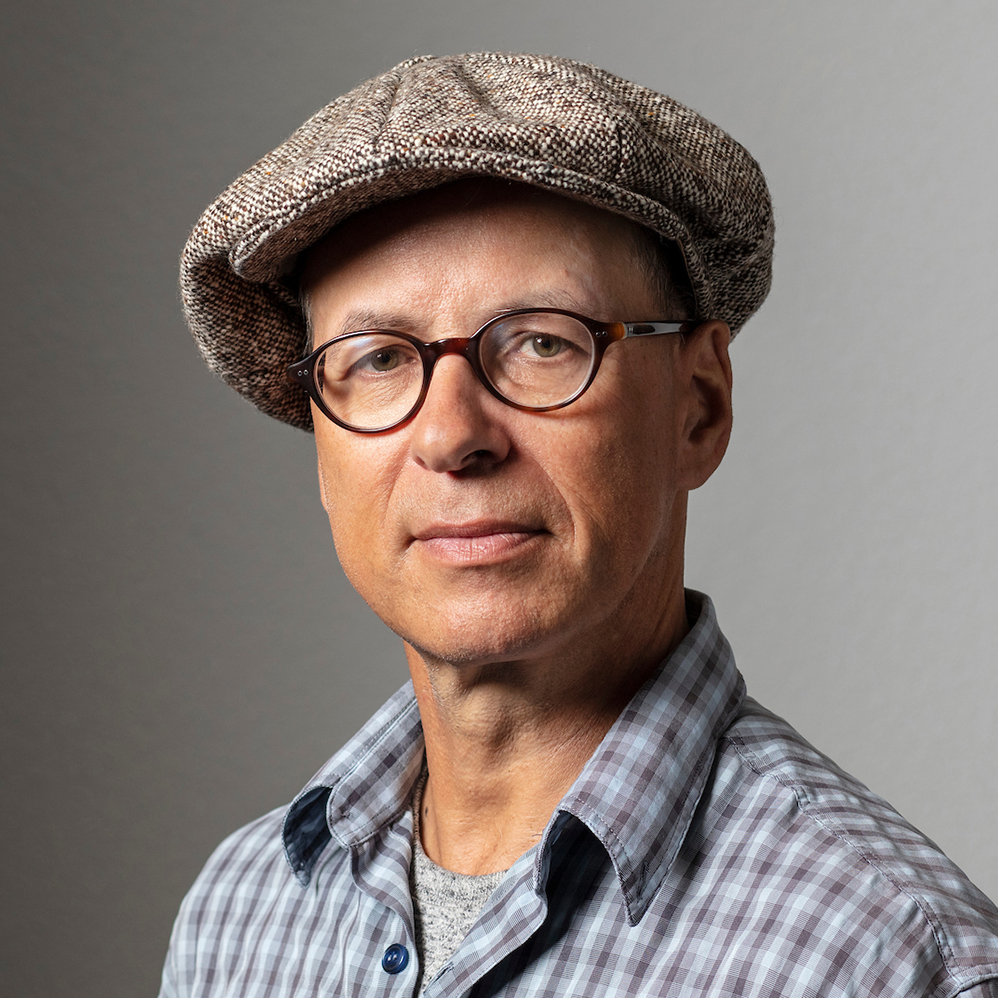
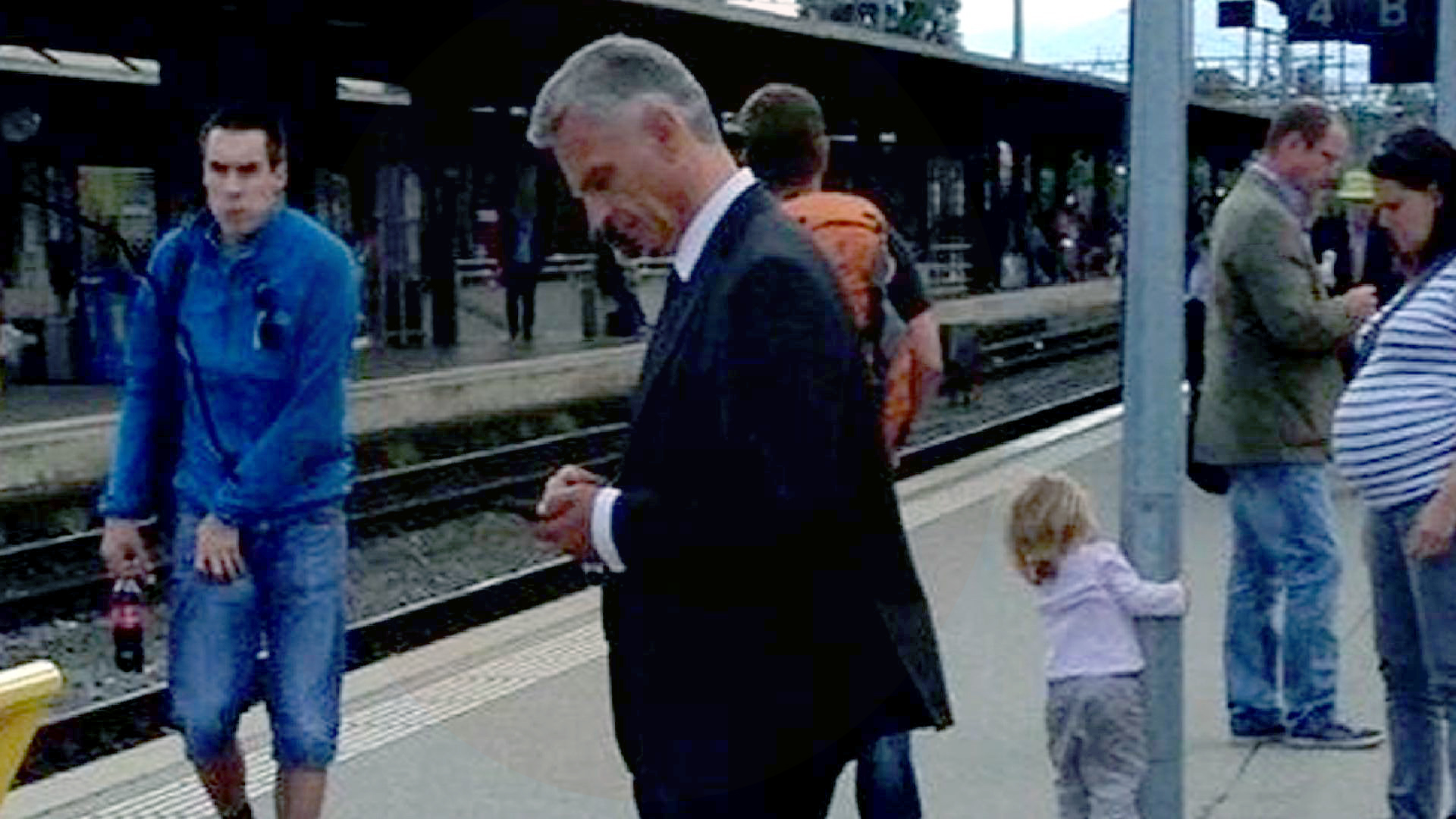
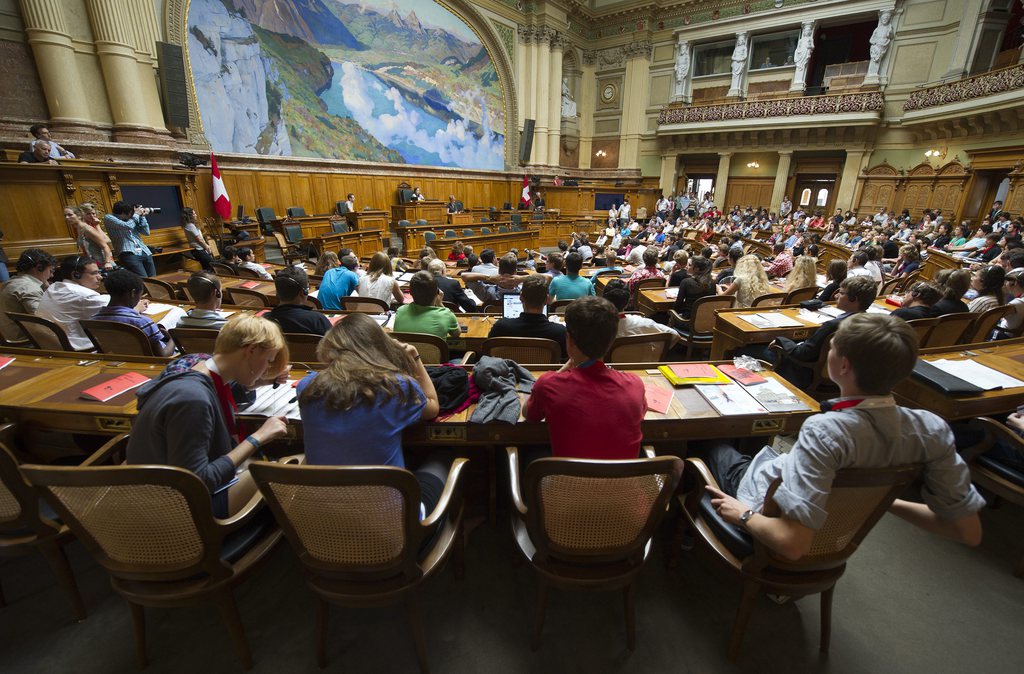
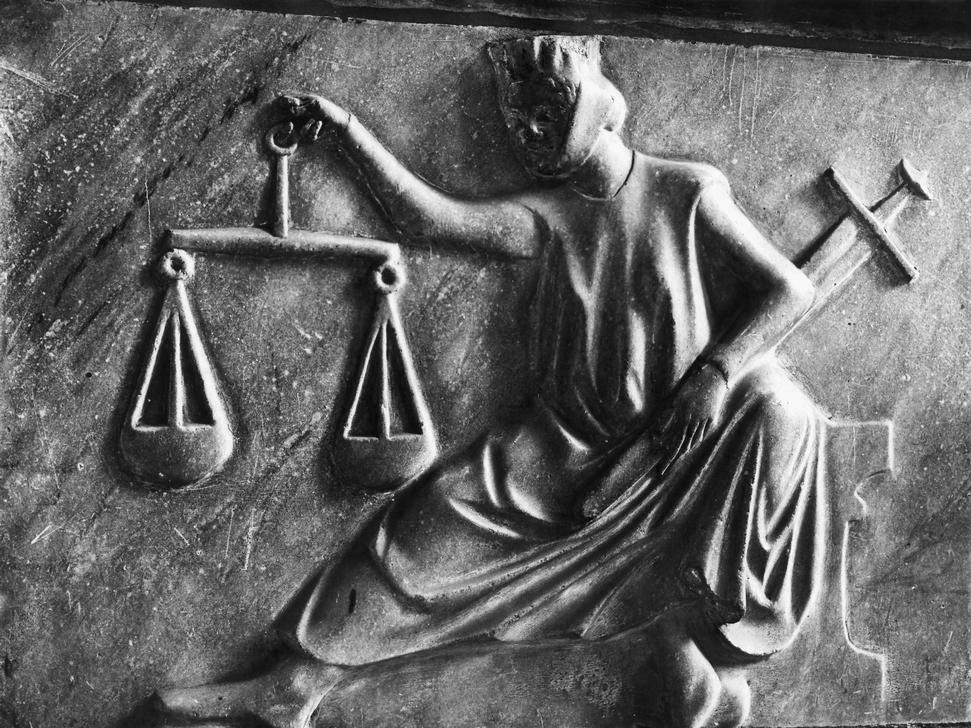
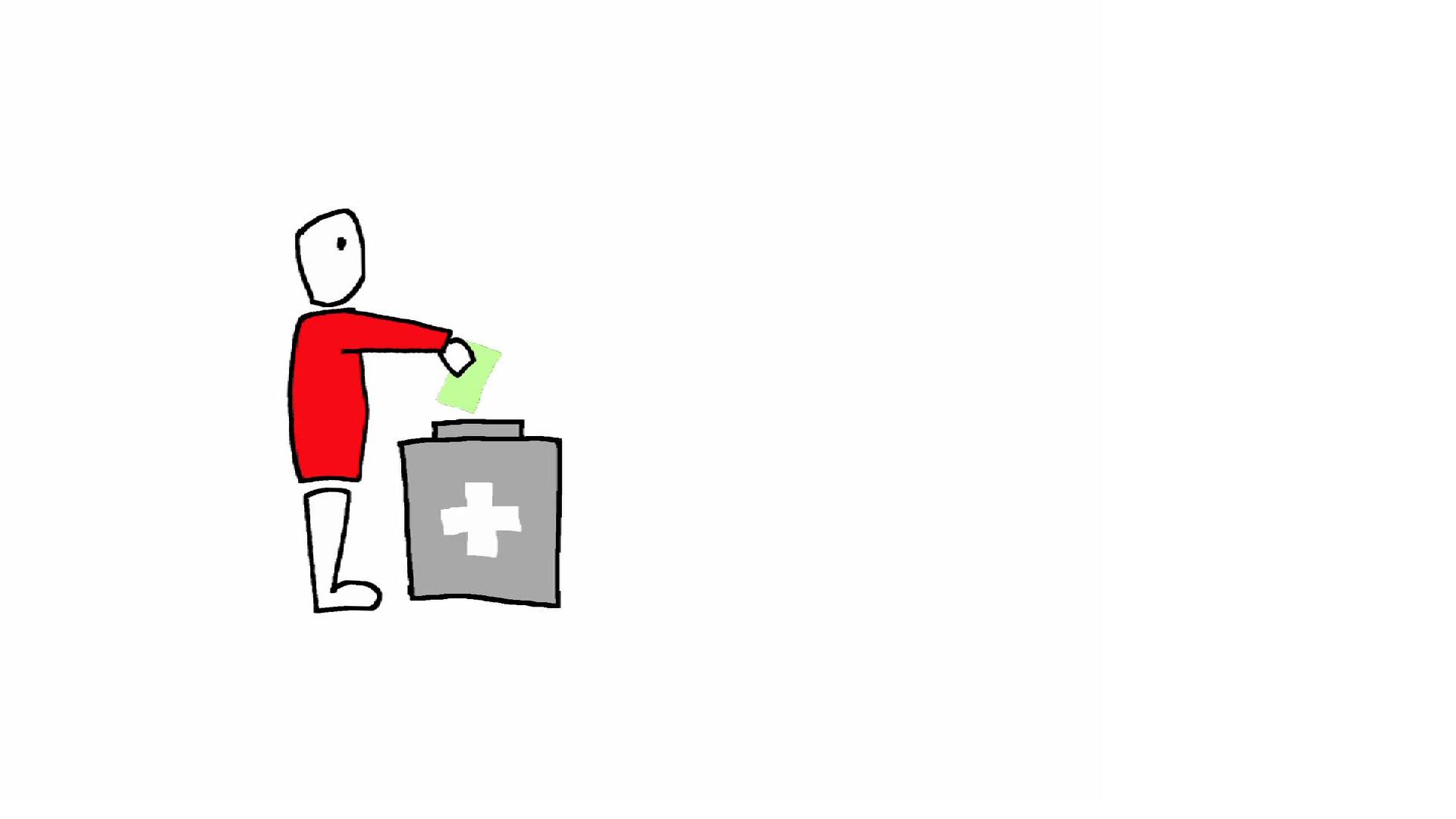
You can find an overview of ongoing debates with our journalists here. Please join us!
If you want to start a conversation about a topic raised in this article or want to report factual errors, email us at english@swissinfo.ch.